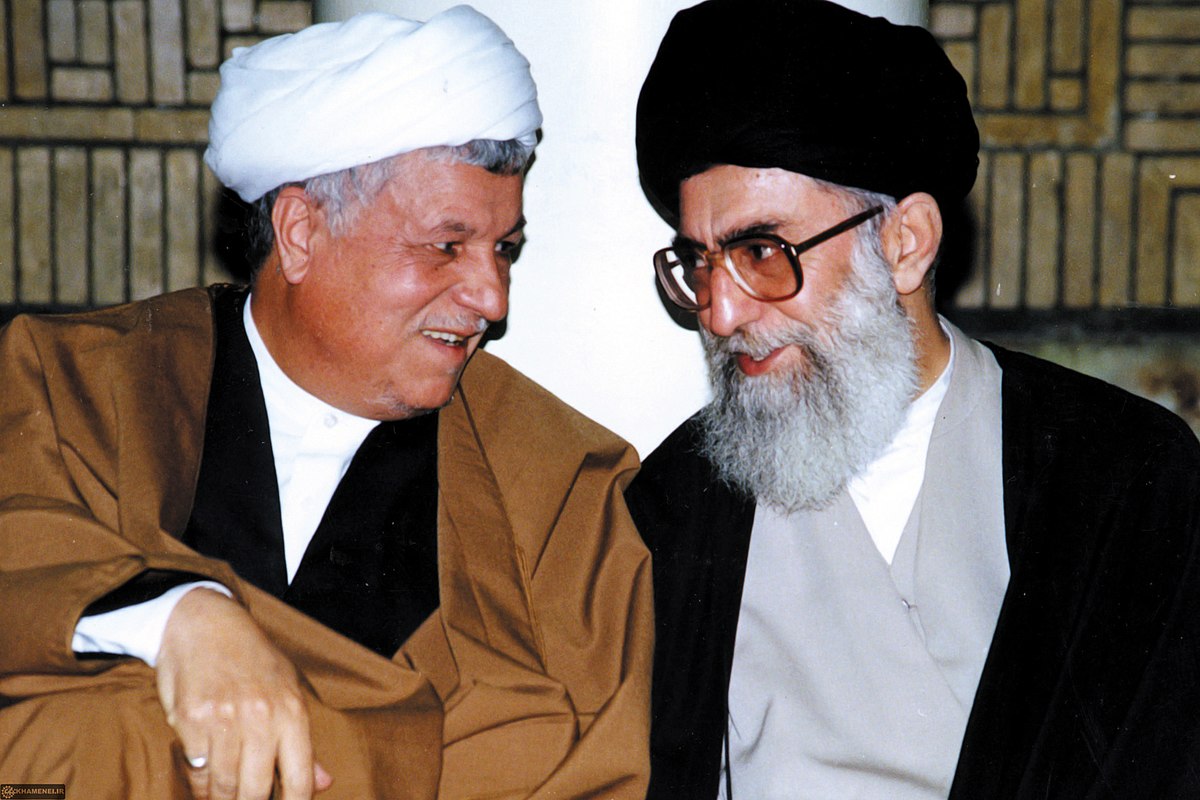
Iran under Akbar Rafsanjani
IranAkbar Hashemi Rafsanjani's presidency, which began on August 16, 1989, was marked by a focus on economic liberalization and a push towards privatization, contrasting with the more state-controlled approach of previous administrations in the Islamic Republic of Iran. Described as "economically liberal, politically authoritarian, and philosophically traditional," Rafsanjani's administration faced opposition from radical elements within the Majles (Iranian parliament).[114]
During his tenure, Rafsanjani was instrumental in Iran's post-war reconstruction following the Iran-Iraq War.[115] His administration attempted to curb the powers of ultra-conservatives, but these efforts were largely unsuccessful as the Iranian Revolutionary Guards gained more power under the guidance of Khamenei. Rafsanjani faced allegations of corruption from both conservative[116] and reformist factions,[117] and his presidency was known for harsh crackdowns on dissent.[118]
Post-war, Rafsanjani's government focused on national development. The first development plan of the Islamic Republic of Iran was drafted under his administration, aiming to modernize Iran's defense, infrastructure, culture, and economy. The plan sought to meet basic needs, reform consumption patterns, and improve administrative and judicial management. Rafsanjani's government was noted for prioritizing industrial and transportation infrastructure development.
Domestically, Rafsanjani championed a free market economy, pursuing economic liberalization with state coffers bolstered by oil revenues. He aimed to integrate Iran into the global economy, advocating for structural adjustment policies inspired by the World Bank. This approach sought a modern industrial-based economy, contrasting with the policies of his successor, Mahmoud Ahmadinejad, who favored economic redistribution and a hardline stance against Western intervention. Rafsanjani encouraged collaboration between universities and industries, emphasizing the need to adapt to the rapidly changing global landscape. He initiated projects like the Islamic Azad University, signaling a commitment to education and development.[119]
Rafsanjani's tenure also saw the execution of various groups by Iran's judicial system, including political dissidents, Communists, Kurds, Baháʼís, and even some Islamic clerics. He took a particularly hard stance against the People's Mojahedin Organization of Iran, advocating harsh punishments in line with Islamic law.[120] Rafsanjani worked closely with Khamenei to ensure governmental stability following Khomeini's death.
In foreign affairs, Rafsanjani worked to mend relations with Arab states and expand ties with countries in Central Asia and the Caucasus. However, relationships with Western nations, particularly the U.S., remained strained. Rafsanjani's government provided humanitarian aid during the Persian Gulf War and voiced support for peace initiatives in the Middle East. He also played a significant role in supporting Iran's nuclear program, assuring that Iran's use of nuclear technology was peaceful.[121]
